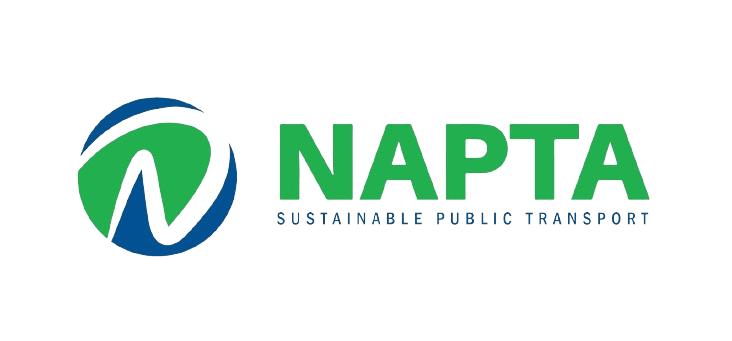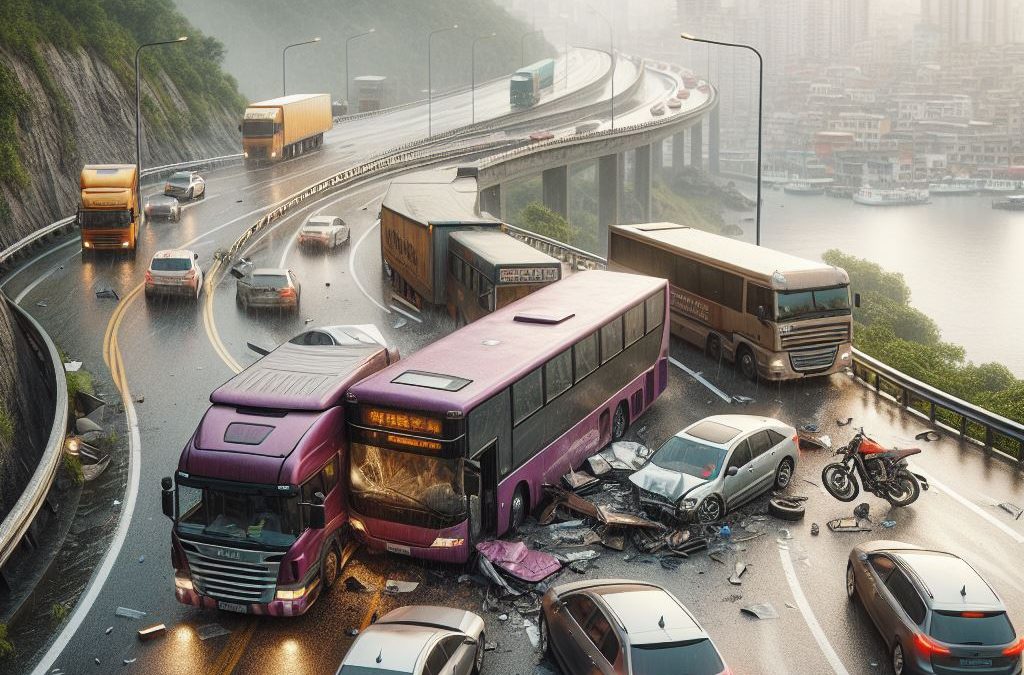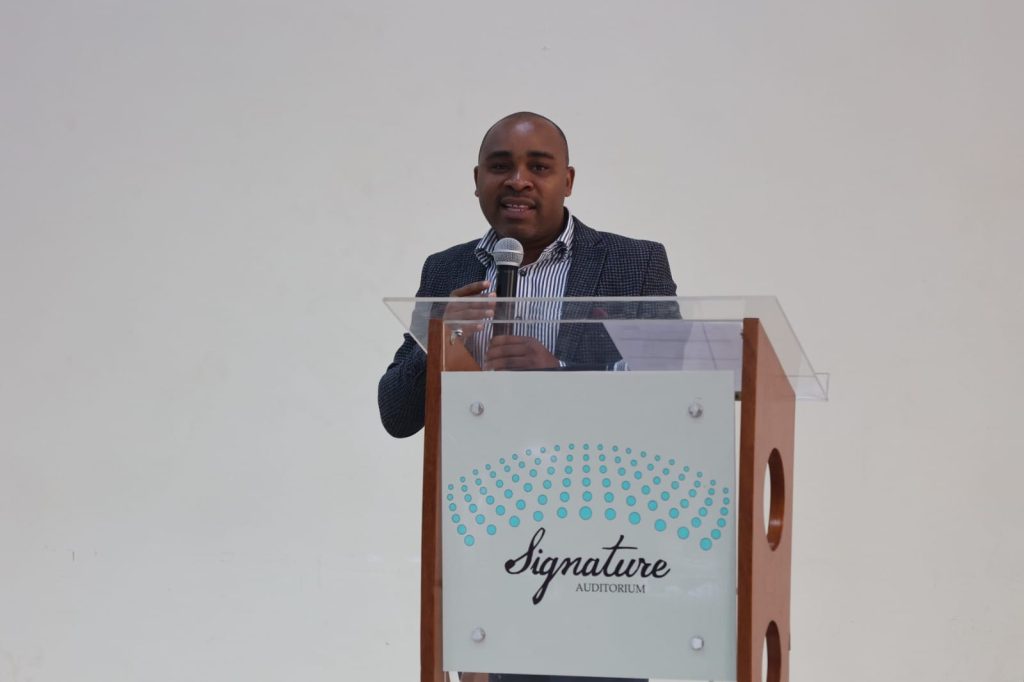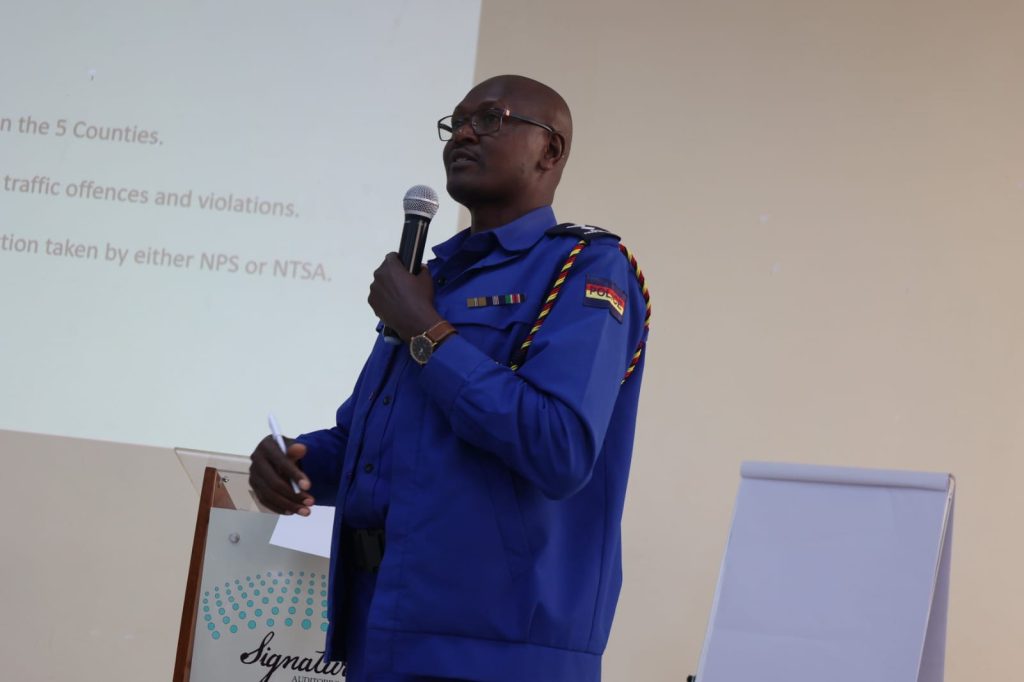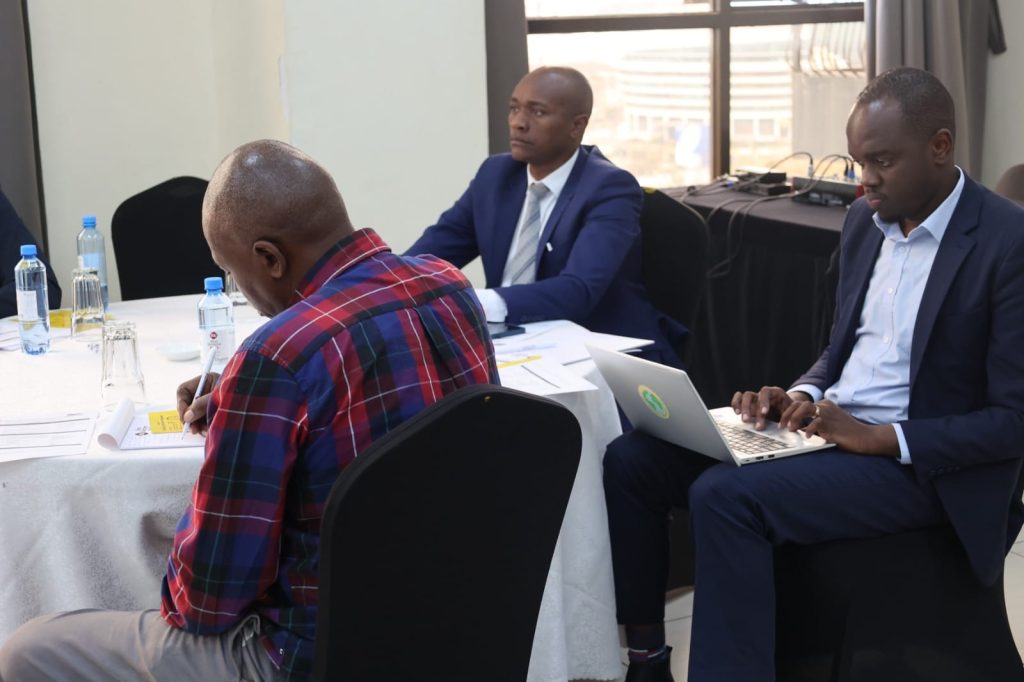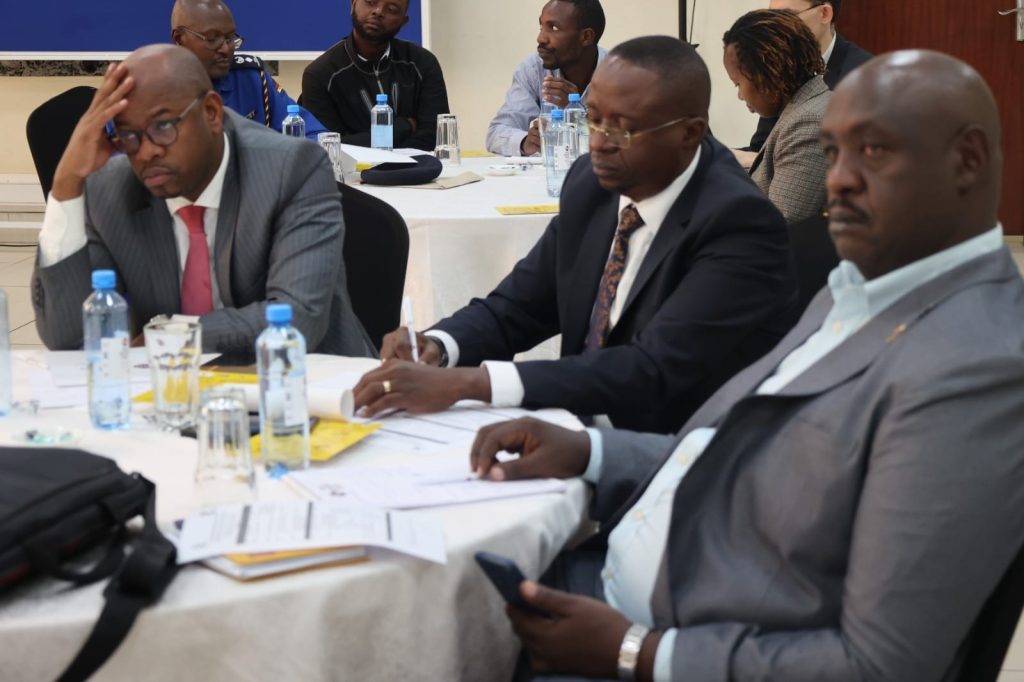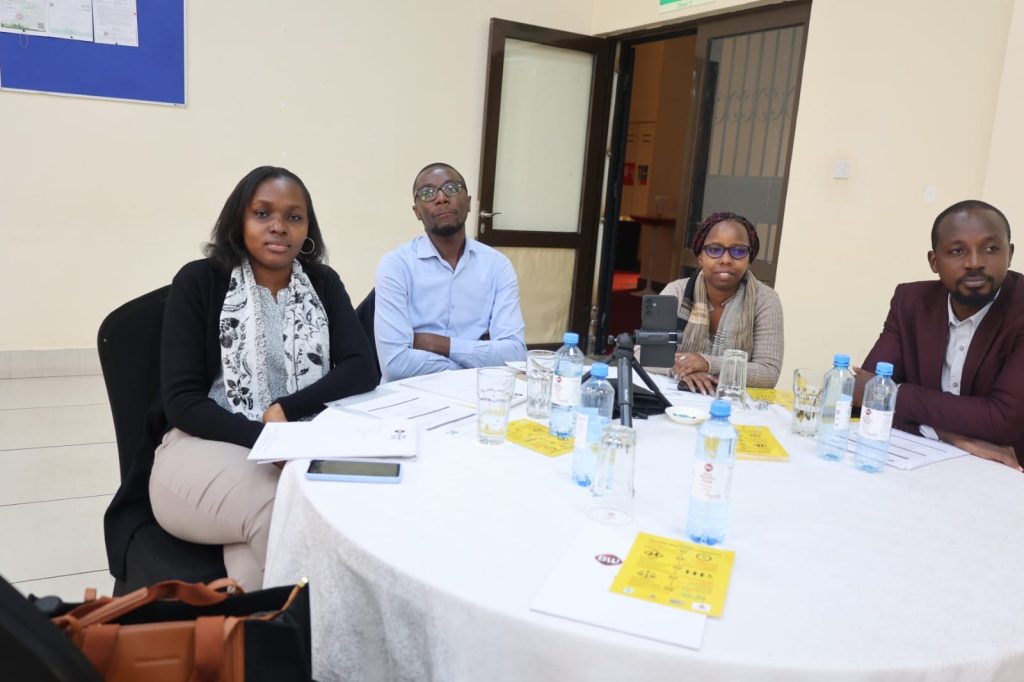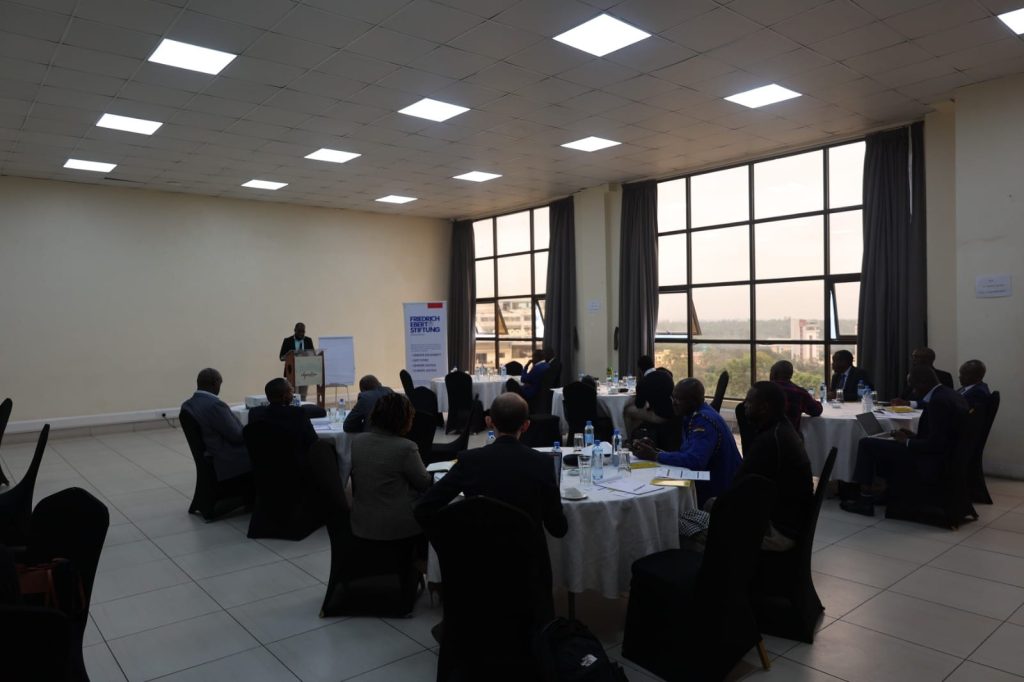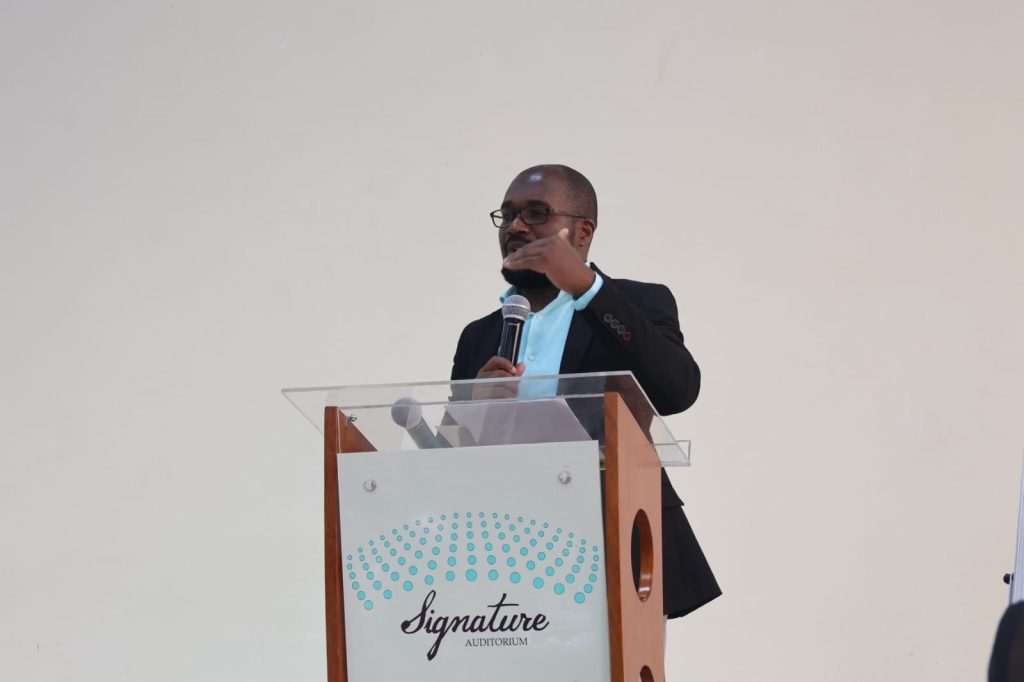Statistics show that there has been an upsurge on the number of people who have died as a result of road crushes as compared to the same period last year.
Majority of the accidents in Kenya have been attributed by human behavior or human error. This accounts for about 85 percent of fatalities occasioned from the road traffic accidents since January 2024. These accidents were caused by over speeding, driving while under the influence of alcohol or drugs, reckless driving, disruption from the phone, losing control and negligence.
Other than human errors, road accidents have been blamed on poor road network and designs. Majority of the accidents occurred in three highways namely; Nairobi – Thika road, Nairobi – Mombasa road and Nairobi – Nakuru – Eldoret roads. These are major corridors connecting Kenya and neighboring countries prone to heavy traffic. Road audits coupled with practical interventions for instance expansion of the said roads to dual carriage, incorporating of road signage on strategic positions as well as restricted speed limits have proved to have drastically reduced the road accidents in some of these roads a good example being the black sport in Schachangwan area along Niarobi – Nakuru highway.
On issue of poor road designs, many stakeholders have proposed many interventions including general road audits to establish correction measures on roads that pose a risk to drivers. Good signage can only be as effective if the road design is good. This extends to even enforcement on compliance with tow away provisions along the highway not to pose as a danger to other drivers.
But there is more that can be done by the relevant government agencies if the current occurrences on upsurge of road accidents are to go by. Nowadays it is no longer breaking news every single day of fatal accidents. This not only affect Public service vehicles, but we are also losing very young lives in school buses or while on their way to and from school. This continues to expose the gap in enforcement, since the relevant laws and guidelines on school transport exists.
Statistics show that between year 2004 and 2007 accidents drastically reduced. During this period, the Minister of Transport the late Hon. Michuki revolutionized transport sector by ensuring compliance holding government agencies personnel personally accountable and also holding drivers and passengers who do not obey traffic rules also accountable. This just illustrate that for a longtime now since the late Hon. Michuki initiated the measures, we should not behave as if we do not know what to do. The question should be who will hold the relevant stakeholders accountable in order to stop the upsurge of these accidents.
Accountability will also help in reducing corruption harbored in the name of enforcing compliance yet the results are continued loss of deaths and no one takes responsibility.
Civil society, the church and none-government agencies also need to start holding government accountable on matters road safety and public transport in general. This group has been instrumental in championing not only human rights in Kenya, but also key legislative reforms. Maybe, this is the starting point before the citizens themselves start demanding better.
Lastly, road safety is not a matter of enforcement alone. Road safety begins way before a driver is behind the wheel and passengers seated in a vehicle to be taken to their destination. We need to critically look at how our public service vehicles drivers are employed, trained, their working conditions and the many challenges they have to overcome to safely transport passengers to their destination. The designs of our public service vehicles need thorough overhaul to have vehicles that are fit to carry passengers on our roads.
